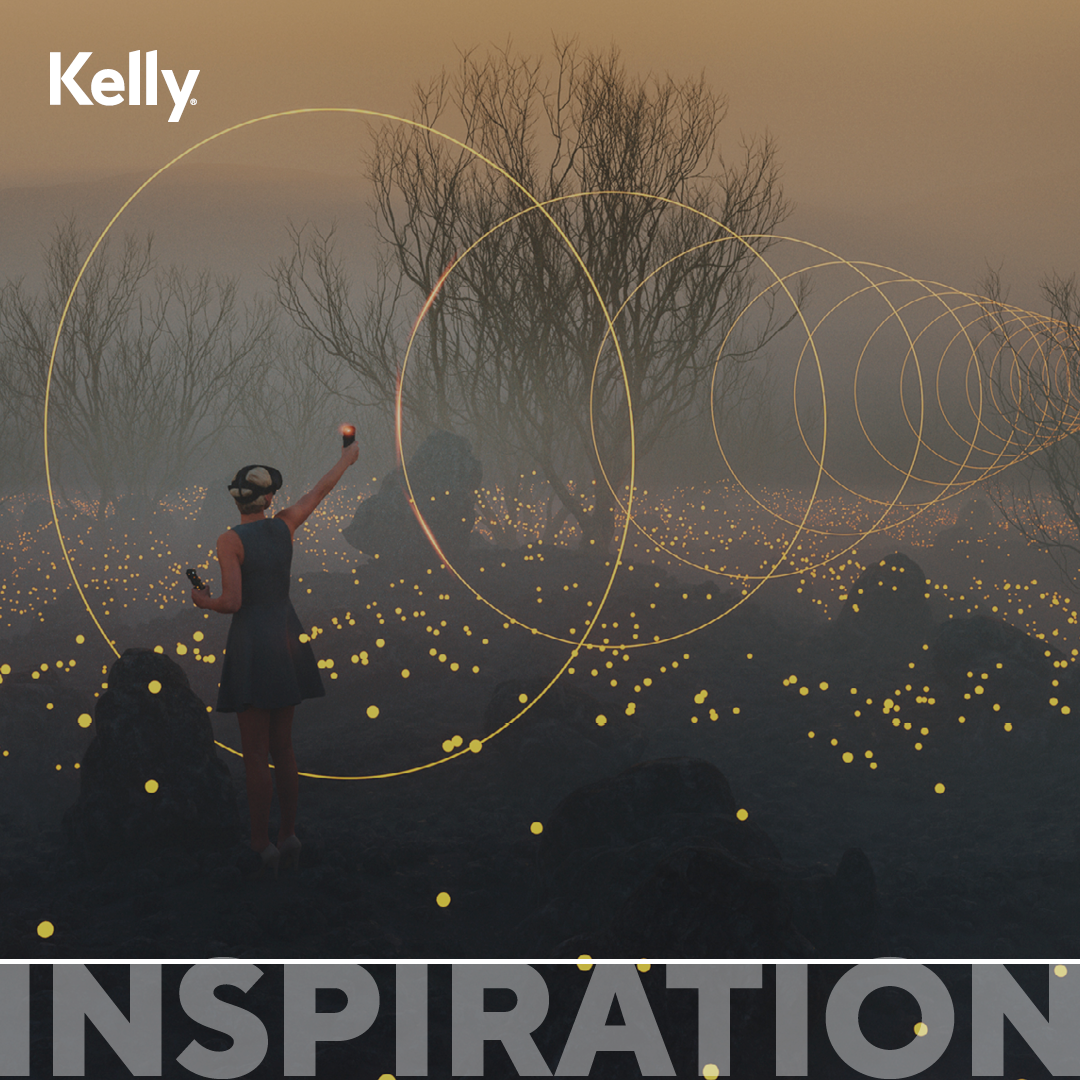
Internet of Things (IoT) refers to connected devices that communicate with other connected devices via embedded sensors and wireless networks, mainly cellular and Wi-Fi. IDC estimates that there will be 41.6 billion connected IoT devices, or “things,” generating 79.4 zettabytes of data in 2025. Further, McKinsey projects that IoT may be the largest driver of potential economic impact by 2025.
However, as connected devices proliferate, the current processing power and latency of cloud infrastructure may not be able to provide the necessary response times for some applications. To monitor, analyze, and optimize connected IoT applications, enterprises will need computing power done near the edge, otherwise known as edge computing.
Edge computing can improve response times and save bandwidth in applications where realtime processing of data is required and has become an important alternative to the cloud.
Business value of deploying IoT and edge computing solutions
The impact of IoT and edge computing will vary widely depending on the industry and the use cases involved.
However, the Economist Intelligence Unit’s 2020 IoT Business Index survey of 850 large- and medium-sized enterprises reported that57% of companies have seen stronger returns on IoT investments than expected.These companies noted thatgains in employee productivityand theability to offer new services and productsas their biggest wins from the deployments.
Trends in IoT and edge computing
Growth of artificial intelligence, 5G networks, and IoT are enabling some compelling use cases for Industry 4.0. According to IBM, the top five use cases enabled by IoT are predictive maintenance of equipment—even in hazardous or remote locations, smart metering, asset tracking, connected vehicles, and fleet tracking.
However, IoT and edge also introduce a significant growth of cybersecurity risk. As these devices not only provide additional IP based points of attack, they can also be located remotely which introduces physical entry points as well. Companies with IoT and edge computing should have a cybersecurity strategy and implement the necessary security safeguards ideally prior to deployment.
IoT can help enterprises manage some of the COVID-19 risk. According to McKinsey, some companies have already started using IoT in industrial settings to enforce physical distancing for on-site employees using location sensors, improving QA and waste output through remote tracking of material and inventory, and dynamic price optimization through real-time inventory tracking, among others.
Through 2028, there will be a steady increase in the embedding of sensor, storage, compute, and advanced AI capabilities in edge devices. However, these devices will range from simple sensors to mobile phones and autonomous vehicles, with life spans ranging from one to 40 years. This, in addition to a push to increase functionality in edge devices, creates a complex and ongoing management and integration challenge.







